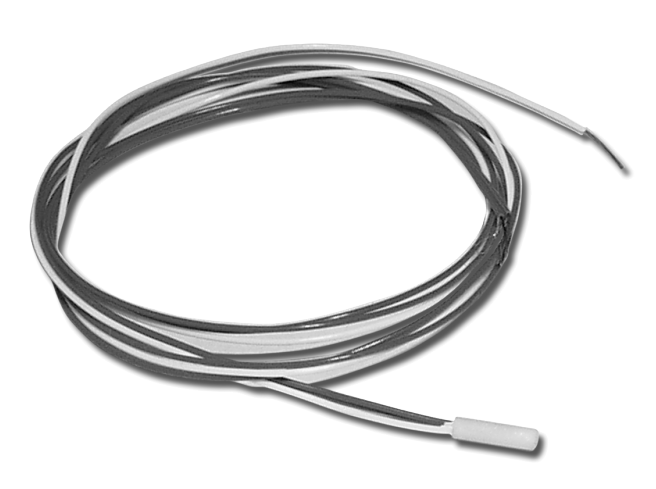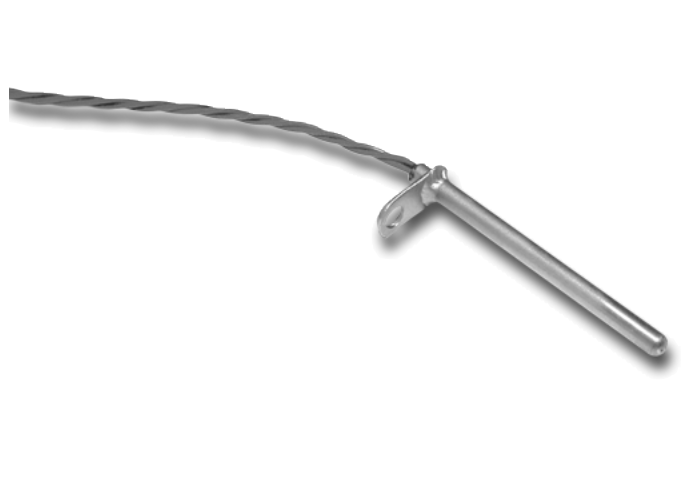Calculate the SCFM.
Temperature Sensors
General RTD Information - Overview
Resistance Temperature Detectors (RTD’s) are used in many process and laboratory applications where high accuracy and repeatability are of major importance. Characteristically, RTD’s provide a stable sensor that meets the above criteria through a rather broad temperature range. RTD elements are available in many different materials and with different temperature coefficients. The most commonly used element is a wire wound, or thin film element, conforming to the DIN standard and with a .00385α temperature coefficient.
Helpful Hints
-
Sheath materials selected should be capable of resisting the process corrosiveness. Convectronics offers 304 Stainless Steel as a standard, but other materials are available upon request.
-
Process temperature measurements of less than 400°F (240°C) generally require the use of the Low Temperature Range RTD construction because moisture is usually present around these lower temperatures.
-
Process temperatures above 400°F (204°C) generally require the use of the High Temperature Range RTD construction. The materials used in these assemblies will withstand process temperatures of up to 1292°F (700°C), and moisture penetration is not normally a factor.
-
Vibration found in many process applications can have a detrimental effect on somewhat fragile RTD elements. Sensors ordered for a suspected high vibration process should be ordered as High Temperature Range construction because the highly compacted MgO construction provides superior vibration resistance when compared to Low Temperature Range constructions.
- It is not recommended to use two lead construction RTD’s as there is no means to compensate for leadwire resistance. Uncompensated lead resistance can create large errors in the temperature measurement.
- RTD’s used in wells should be of the spring loaded type to insure good thermal contact between the well and the sensor sheath. The use of heat transfer compound in the well will also increase thermal conductivity.
- Minimum insertion of the RTD sensor assembly should be a nominal 10 times the OD of the sensor sheath to avoid heat dissipation problems.
- Connections between RTD sensor assembly and the recording of controlling instrument can be plain copper wire, and in commonly available wire gauge sizes of 16 to 22 gauge.
- The temperature sensitive portion of the RTD assembly is typically a 1” length at the hot tip, due to the length of the measuring element contained inside.







